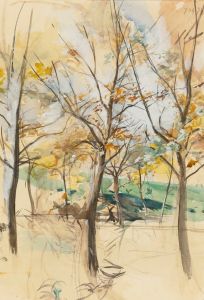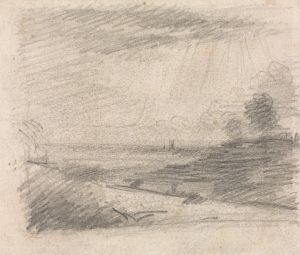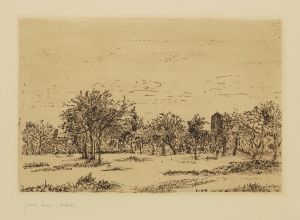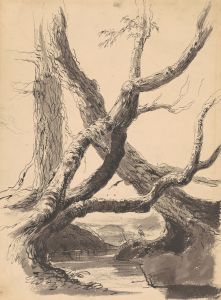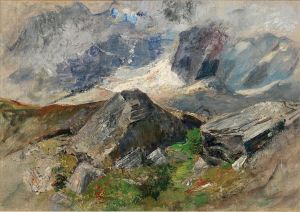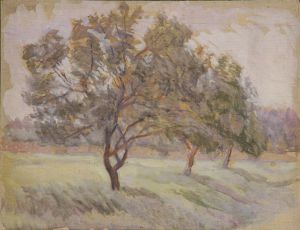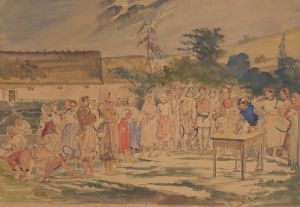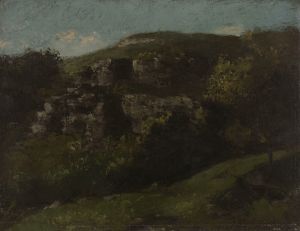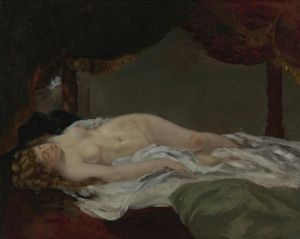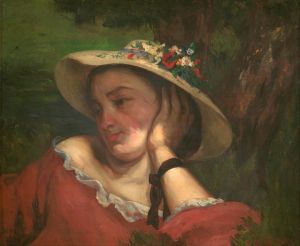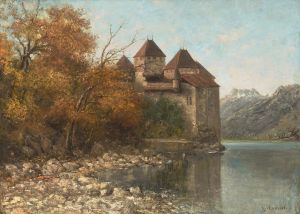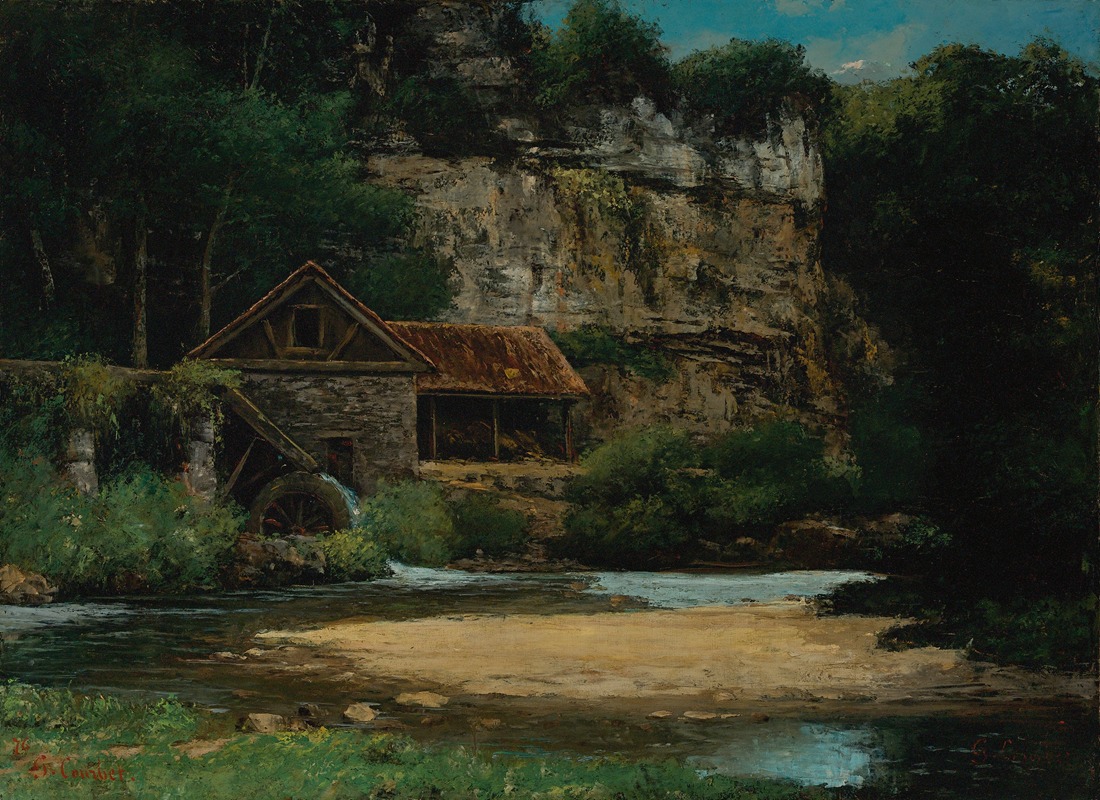
Le Moulin
A hand-painted replica of Gustave Courbet’s masterpiece Le Moulin, meticulously crafted by professional artists to capture the true essence of the original. Each piece is created with museum-quality canvas and rare mineral pigments, carefully painted by experienced artists with delicate brushstrokes and rich, layered colors to perfectly recreate the texture of the original artwork. Unlike machine-printed reproductions, this hand-painted version brings the painting to life, infused with the artist’s emotions and skill in every stroke. Whether for personal collection or home decoration, it instantly elevates the artistic atmosphere of any space.
Gustave Courbet, a prominent French painter known for his role in the Realism movement, created a variety of works that depicted everyday life and landscapes with a focus on authenticity and detail. One of his lesser-known paintings is "Le Moulin" (The Mill). While there is limited information specifically about this painting, we can provide some context about Courbet's style and thematic interests that may relate to this work.
Courbet was born in 1819 in Ornans, France, and he became a leading figure in the Realism movement, which emerged as a reaction against the Romanticism that dominated the art world in the early 19th century. Realism focused on representing subjects as they were, without idealization, and often depicted ordinary people and everyday scenes. Courbet's commitment to painting the world around him with honesty and precision was central to his artistic philosophy.
Throughout his career, Courbet painted a wide range of subjects, including portraits, landscapes, and scenes of rural life. His landscapes often depicted the countryside of his native region, capturing the natural beauty and the lives of the people who inhabited it. Courbet's landscapes are characterized by their attention to detail, use of natural light, and a palette that reflects the earthy tones of the natural world.
"Le Moulin" likely fits within this context of Courbet's landscape paintings. Mills were common features in the rural landscapes of 19th-century France, serving as important sites for agriculture and industry. In depicting a mill, Courbet would have been engaging with a subject that was both familiar and significant to the rural communities he often portrayed.
Courbet's technique involved a direct and vigorous application of paint, often using a palette knife to create texture and depth. This approach allowed him to convey the physicality of the landscape and the solidity of the structures within it. His landscapes, including those featuring mills, often evoke a sense of place and time, capturing the essence of the French countryside during his lifetime.
While specific details about "Le Moulin" are scarce, it is reasonable to assume that the painting reflects Courbet's broader artistic goals: to depict the world around him with sincerity and to elevate the everyday experiences of ordinary people. His work challenged the conventions of the art world at the time and laid the groundwork for future movements that sought to represent reality in new and innovative ways.
In summary, "Le Moulin" by Gustave Courbet is a painting that likely embodies the principles of Realism, focusing on an authentic representation of a rural landscape. Although detailed information about this specific work is limited, it can be appreciated within the broader context of Courbet's oeuvre and his dedication to portraying the world with honesty and depth.





